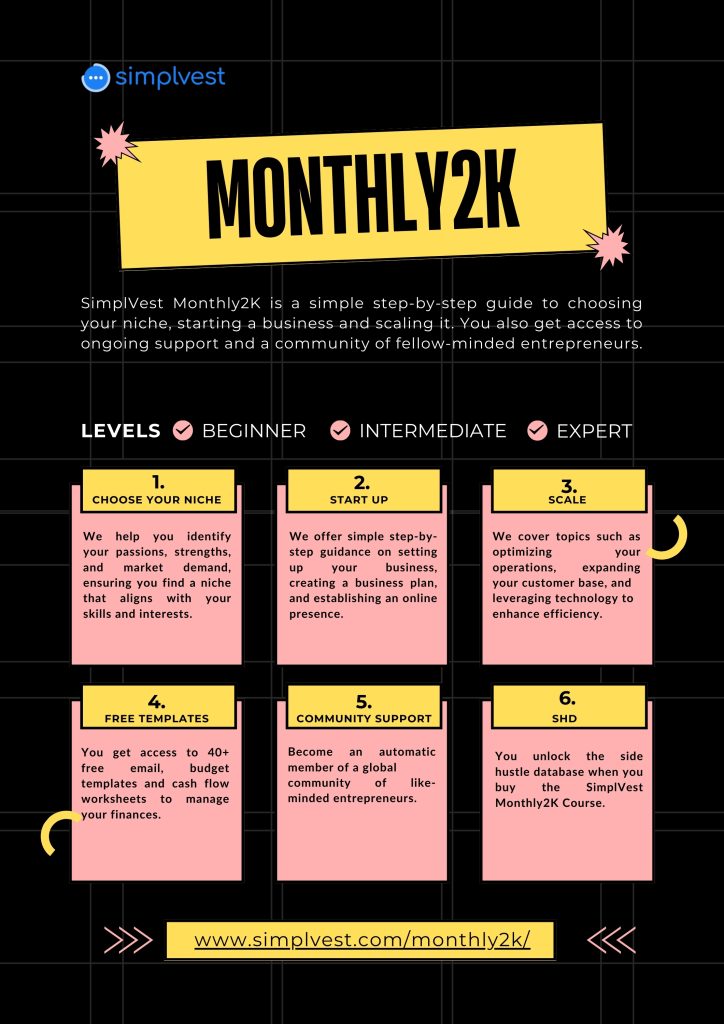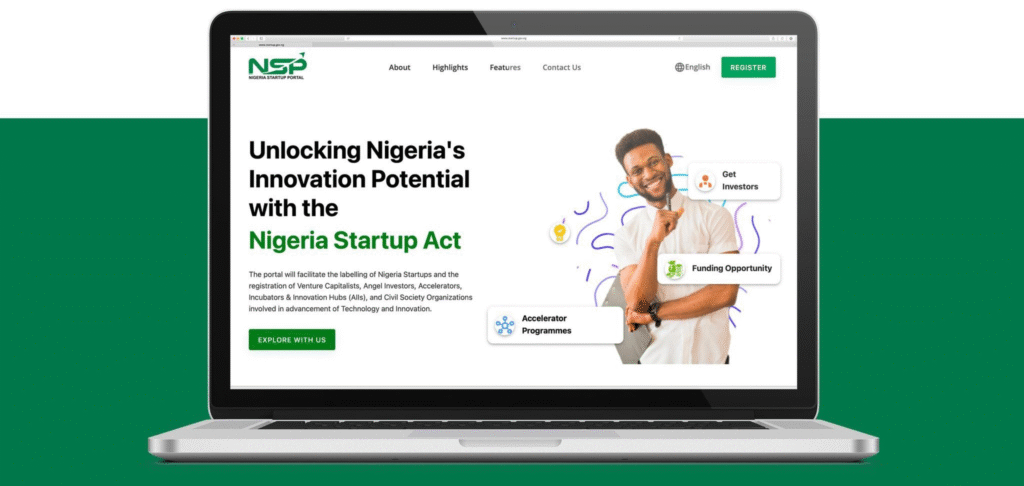It sucks to have a solution in search of a problem. Naturally. Just because something exists doesn’t mean people will use it. With these methods, you can validate a business idea to avoid unnecessary investment in ideas that may not work.

What Is Idea Validation?
According to Harvard Business School, market validation is fundamentally about determining whether there’s genuine demand for your product in your target market before you invest significant time and resources into producing it.
The statistics are sobering: research consistently shows that 70% of start-ups fail due to premature scaling and lack of market need. Companies typically see a 20% reduction in product development cycle times after adopting rapid prototyping and feedback loops, according to a study by McKinsey & Company.
This data alone proves that validation is essential for survival in today’s competitive landscape.
Real-world examples demonstrate the power of systematic validation:
Airbnb famously validated its concept by renting air mattresses during a design conference. With this, they proved that people would pay to stay in strangers’ homes. This simple test evolved into a multi-billion-dollar platform.
Buffer, the social media scheduling tool, validated their idea with a landing page that simply described their planned features and collected email addresses. The significant interest they received validated demand before they built any software.
These two examples among many others, illustrate that effective validation doesn’t require complex or expensive approaches. It requires systematic thinking and willingness to test assumptions.
Be sure to explore 10 Smart Ways to Brainstorm Business Ideas.
5 Reasons Validating A Business Idea Is Important
Business idea validation serves multiple critical functions in the entrepreneurial process:
1. It confirms if there’s a demand: Before you build anything substantial, validation helps you confirm there’s actual demand for your product or service. This goes beyond friends and family saying “that’s a great idea” to real market signals.
2. It helps you anticipate and mitigate future risks: By testing assumptions early, you minimize financial risk and avoid the devastating scenario of building something nobody wants. The lean startup methodology, pioneered by Eric Ries, emphasizes this approach of “failing fast and cheap.”
3. You get to refine your ideas based on feedback: Real customer feedback during validation helps you refine your offering based on actual user needs rather than assumptions. This iterative approach leads to better product-market fit.
4. You gain confidence in your idea: Validation either builds confidence in your idea through positive market response or signals the need to pivot early. Ultimately, both outcomes are valuable for long-term success.
5. You acquire customers early on: The validation process itself can start building your customer base before you officially launch. This way, you can create momentum and gain early adopters.
Strategic Pre-Testing Considerations
Before we explore practical ways to validate a business idea, let’s first explore ways that successful entrepreneurs establish a framework for systematic testing. This preparation phase is crucial for meaningful results.
1. Define Your Minimum Viable Product (MVP)
The MVP concept, central to lean startup methodology, focuses on creating the simplest version of your product that delivers core value. Harvard Business School emphasizes writing down goals, assumptions and hypotheses as the foundation of this process. Your MVP should solve the primary problem for your target audience while requiring minimal resources to develop.
Consider Dropbox’s famous MVP: rather than building complex file-syncing software, founder Drew Houston created a simple video demonstrating the concept. This MVP validated demand without extensive development costs and attracted thousands of beta users.
2. Identify and Segment Your Target Market
Market segmentation is crucial when preparing to validate a business idea effectively. Rather than targeting ‘everyone,’ successful entrepreneurs identify specific customer segments with distinct needs, purchasing power, behaviours and characteristics. This focused approach makes validation more manageable and results more actionable.
Use demographic, psychographic and behavioural criteria to define your ideal customers. Research where these customers spend time online and offline, what influences their purchasing decisions, and how they currently solve the problem your product addresses.
3. Establish Clear Validation Metrics
The process of simply writing your thoughts down can lead to breakthroughs. Your goals can be defined, your assumptions examined, and your hypotheses tested. Define specific, measurable indicators of success before beginning validation activities. These might include:
- Number of email sign-ups for a waitlist
- Conversion rates from landing page traffic
- Response rates to direct outreach
- Engagement metrics on social media content
- Pre-order rates or payment commitments
4. Craft Your Value Proposition
Develop a clear and compelling explanation of your idea that focuses on the problem you’re solving and the unique value you provide. This messaging becomes the foundation for all validation activities, from surveys to sales pitches.
How To Validate Your Business Idea By Offering It For Free
One of most effective ways to validate a business idea is to offer your product or service for free in exchange for detailed feedback. This approach provides rich qualitative data while demonstrating genuine market interest.
Implementation Strategy: Reach out to your network and target audience and offer them limited free trials or sessions. Be selective, choose participants who represent your ideal customer profile and can provide meaningful feedback.
Feedback Collection: Use structured surveys, in-depth interviews, or observation sessions to gather insights. Focus on both explicit feedback (what users say) and implicit feedback (how they actually use your product).
Analysis Framework: Look for patterns in responses, paying attention to unexpected use cases, common pain points and features that generate the most enthusiasm. This analysis often reveals opportunities for product refinement or market repositioning.
How To Validate A Business Idea By Leveraging Platforms
Leveraging existing platforms provides instant access to established audiences and built-in feedback mechanisms. Different platforms serve different business models:
Freelance Services: Platforms like Upwork, Fiverr, or specialized sites like Livingstone Research offer immediate market testing for service-based businesses. The application process itself provides a sure-fire way to validate a business idea since acceptance indicates that the platform is confident in your offering.
Physical Products: Marketplaces like Etsy, Amazon Handmade, or niche platforms allow you to test product demand with minimal upfront investment. Monitor not just sales but also customer questions, reviews, and search rankings.
Digital Products: Course platforms like Udemy or Skillshare enable validation of educational content. Even if your course isn’t immediately accepted, platform feedback helps refine your offering.
Evaluation Criteria: Beyond acceptance rates, consider response times, initial interest levels and specific feedback from platforms. This information guides product development and positioning strategies.
Validating A Business Idea By Direct Outreach
Direct messaging and email outreach, particularly effective for B2B ideas, enables targeted validation with specific customer segments.
Message Personalization: Craft personalized messages that clearly articulate the problem you’re solving and your proposed solution. Include specific calls to action, whether scheduling a demo, participating in beta testing, or providing feedback.
Outreach Strategy: Focus on quality over quantity. Research your recipients, understand their challenges and explain how your solution addresses their specific needs. Track response rates and adjust messaging based on what generates engagement.
Follow-up Protocol: Implement systematic follow-up sequences while respecting recipients’ time and preferences. Often, initial non-responses don’t indicate lack of interest but simply busy schedules.

Other Advanced Validation Methodologies
1. Waitlist Creation and Management
Building a waitlist serves multiple validation purposes while creating early marketing momentum. Design a landing page that clearly explains your value proposition and captures email addresses from interested prospects.
Optimization Techniques: A/B test different headlines, descriptions and calls-to-action to maximize conversion rates. Use tools like Google Analytics to understand visitor behaviour and identify optimization opportunities.
Engagement Maintenance: Keep waitlist subscribers engaged with regular updates, exclusive content, or early access opportunities. This maintains interest while providing ongoing feedback opportunities.
2. Pre-Sales Validation
Offering products or services at a discount before they’re fully ready provides the strongest validation signal, namely, their willingness to pay. This approach validates both demand and pricing while generating early revenue.
Implementation Considerations: Be transparent about delivery timelines and potential changes. Use pre-sales to fund development while building customer relationships. Consider offering additional incentives like exclusive features or extended support.
3. Crowdfunding as Validation
Platforms like Kickstarter or Indiegogo offer comprehensive validation for physical products and allow direct market validation with potential funding. Success requires careful planning and often functional prototypes.
Campaign Strategy: Successful crowdfunding campaigns tell compelling stories, demonstrate clear value propositions, and build communities around products. The funding amount and backer engagement provide clear validation signals.
4. Social Media Testing
Social platforms offer cost-effective ways to test market interest through content engagement. Create posts, videos, or stories showcasing your idea and monitor engagement levels.
Platform Selection: Choose platforms where your target audience is most active. LinkedIn works well for B2B ideas, while Instagram or TikTok might be better for consumer products. Track likes, comments, shares, and saves as engagement indicators.
5. Digital Advertising Validation
Small-scale Google Ads campaigns can quickly validate search demand for specific keywords related to your idea. Create simple landing pages and monitor click-through rates and conversions.
Budget Management: Start with small budgets to test multiple keyword combinations and ad copy variations. Focus on learning rather than immediate ROI during this validation phase.
Building a Validation-Driven Culture
Successful entrepreneurs embrace validation as an ongoing process rather than a one-time activity. This mindset shift from ‘build it and they will come’ to ‘test, learn, and iterate’ dramatically improves success rates. Even after initial validation, continue gathering customer feedback and market data. Markets evolve, customer needs change and new opportunities emerge through ongoing validation activities.
Ultimately, be prepared to pivot based on validation results. Sometimes the market teaches you that your original idea isn’t viable, but validation uncovers related opportunities that are. Use initial results to refine your approach, test new assumptions and continuously improve your understanding of market needs. The goal isn’t just confirming people like your idea, but ensuring they’re willing to pay for it and that you can deliver it profitably.
The validation process builds the foundation for everything that follows: pricing strategies, business model development, and successful market entry. Invest time in thorough validation now and you’ll save countless hours and resources later while dramatically increasing your chances of entrepreneurial success. And as you move forward with your validated idea, you’ll be ready to develop comprehensive business models, pricing strategies and launch plans based on real market data rather than assumptions. This foundation of validated learning becomes the bedrock of sustainable business growth.

Ready to Transform Your Entrepreneurial Dreams into Reality?
Want to put these strategies into action? The SIMPLVEST MONTHLY2K Course breaks down proven methods to build a profitable side hustle, from choosing an idea, validation to scaling, all in 10 actionable modules. Get lifetime access, a curated side-hustle database and tools to earn back your investment fast. Try the first two modules for free and see the difference.
When you buy it, you get additional materials, including a database of 100+ side hustles to choose from, access to a community of entrepreneurs and marketing templates, all for free.
Ready to execute? Enroll now!












